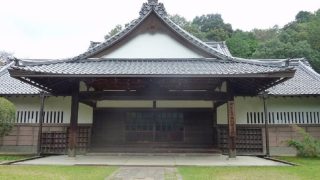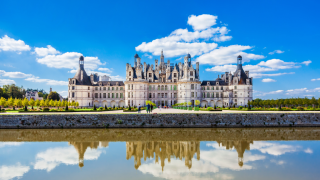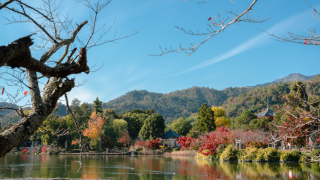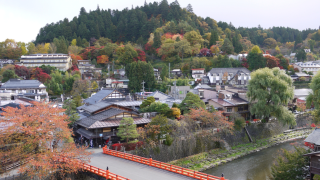 CONTENT
CONTENT Belton House in England – The Real-Life Inspiration for Kaya’s Mansion, Where Usopp Cared for Her in One Piece
The touching story of Usopp and Kaya in One Piece finds its real-world setting in Belton House, England. This elegant manor, still resonating with the grace of old nobility, captures the essence of friendship, hope, and quiet beauty, echoing the spirit of the series.









